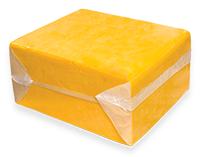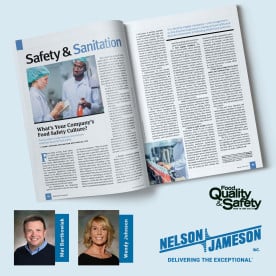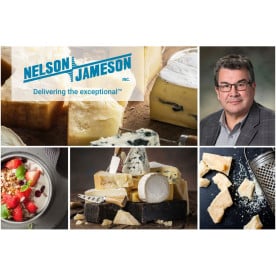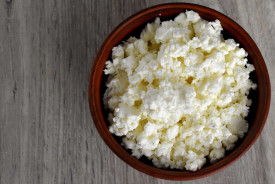The world of food-grade packaging films is intricate, offering a myriad of options and variables. Amid the diverse choices, two main categories stand out: Barrier Films and Non-Barrier Films. Non-Barrier Films, the simpler and more economical option, often feature LLDPE (linear low-density polyethylene), a flexible material suitable for short-term storage, commonly found in everyday items like zip lock bags and trash bin liners. On the other hand, Barrier Films are a more complex and nuanced category, emphasizing their ability to provide protection from oxygen and moisture. Barrier films play a crucial role in extending the shelf life of retail products and aging various types of cheese, making them a key consideration for applications requiring enhanced protective features.
Non-Barrier Films
The simpler and less costly option of the two. While there are many different potential components, LLDPE linear low-density polyethylene is probably the most prevalent. This material makes up most of the zip lock bags or trash bin liners films we purchase every day. LLDPE is a flexible material suitable for short-term storage. Many 55-lb bulk butter applications utilize LLDPE film, as well as cheese sold for processing within days of production.
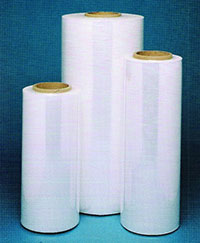

Barrier Films
Another matter entirely and can be a complicated subject. Barrier being the key word and references their ability to protect from oxygen and moisture. If you are looking to extend the shelf life of retail products or age many types of cheese, one key variable to your application will be barrier film.
